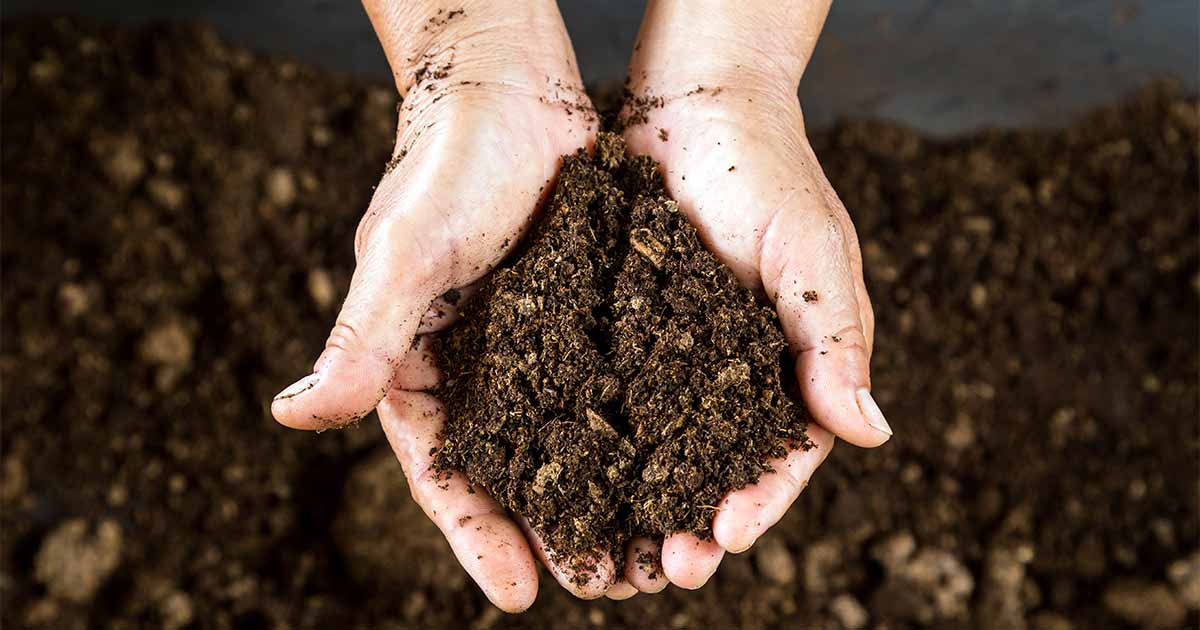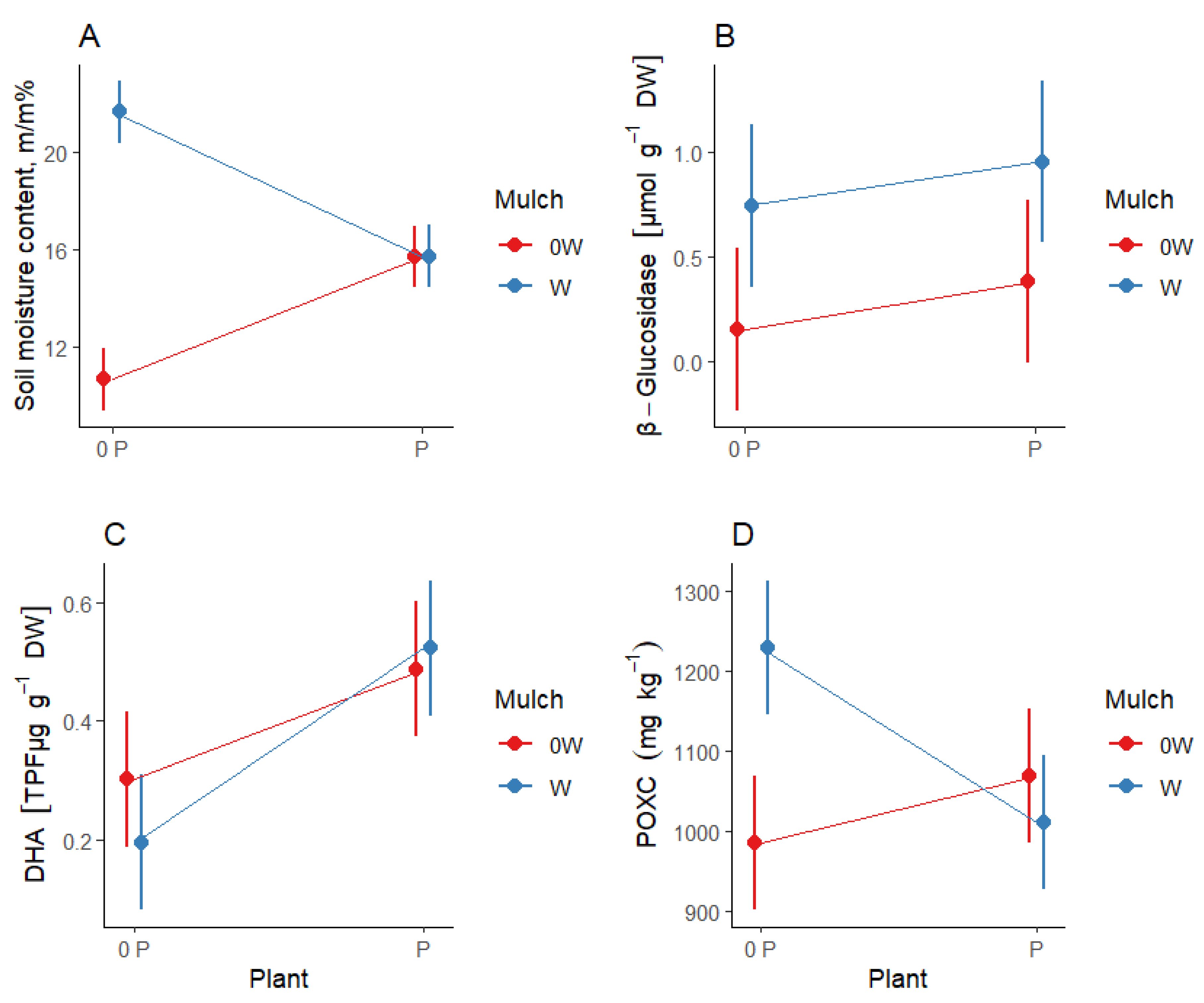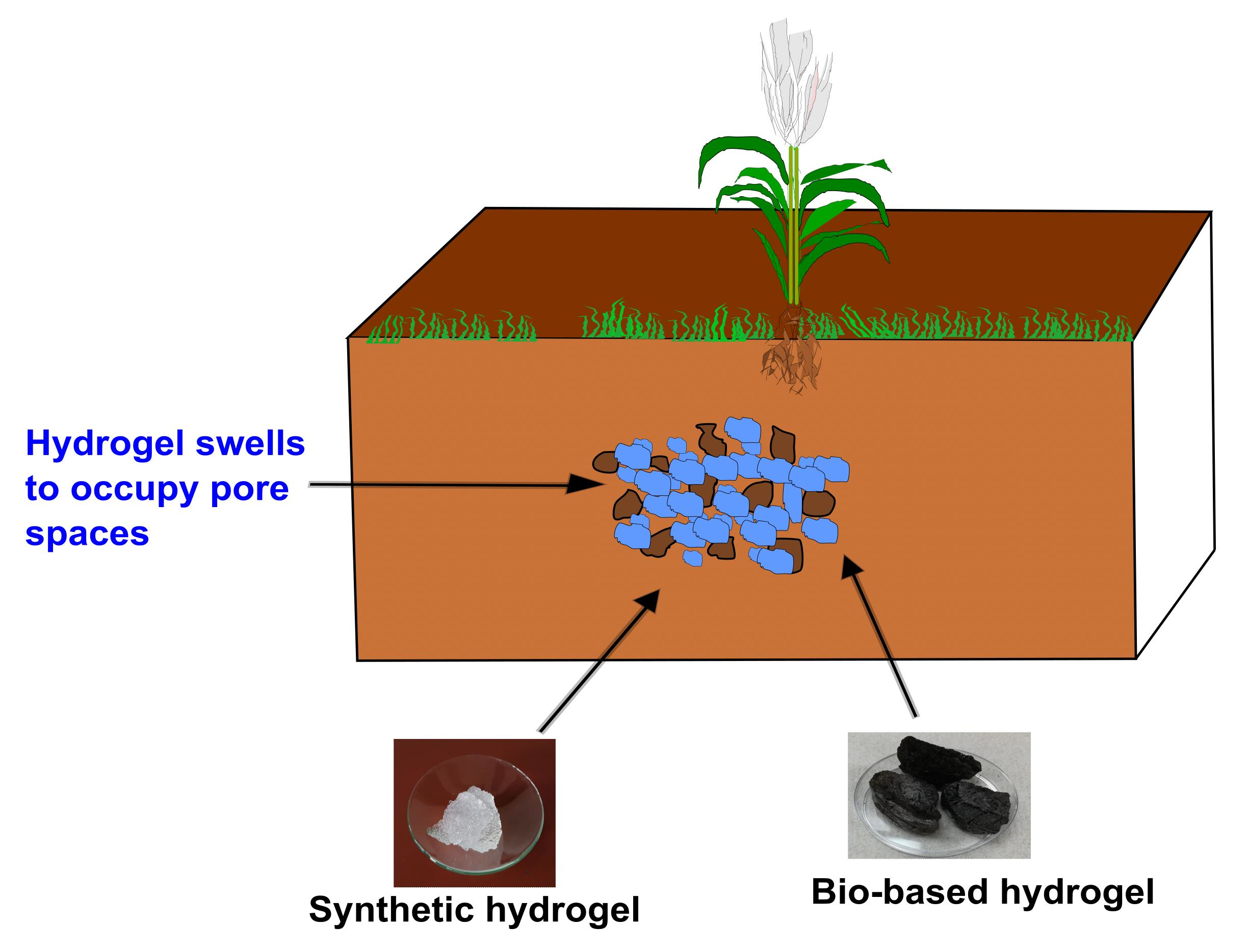Moisture Retaining Soil Additives: How To Keep Your Plants Happy And Healthy
Introduction
Do you love plants, but hate watering them all the time? If so, you're not alone. Many plant lovers find that keeping their plants watered properly can be a real challenge. But there is a solution: moisture retaining soil additives.
Moisture retaining soil additives are materials that can be added to potting soil to help it hold more water. This means that you can water your plants less often, and they will still be happy and healthy.
In this blog post, we will discuss the different types of moisture retaining soil additives available, and how to use them to keep your plants thriving.
Types of Moisture Retaining Soil Additives
There are a number of different types of moisture retaining soil additives available. Some of the most common include:
- Vermiculite: Vermiculite is a lightweight, expanded clay mineral that is very absorbent. It can hold up to 20 times its weight in water, making it a great way to improve the water retention of potting soil.
- Peat moss: Peat moss is another highly absorbent material that can help to retain moisture in potting soil. It is also a good source of organic matter, which can help to improve the overall health of your plants.
- Coco coir: Coco coir is a natural fiber that is made from the husks of coconuts. It is a good alternative to peat moss, and it is also a sustainable option.
- Perlite: Perlite is a lightweight, volcanic glass that helps to improve drainage in potting soil. It also helps to aerate the soil, which can help to prevent root rot.
- Polymer crystals: Polymer crystals are synthetic materials that can absorb and retain large amounts of water. They are a good option for plants that need to be watered infrequently, such as succulents and cacti.
How to Use Moisture Retaining Soil Additives
The amount of moisture retaining soil additive that you need to add to your potting soil will depend on the type of additive you are using and the type of plants you are growing. In general, you will want to add about 1 part moisture retaining additive to 3 parts potting soil.
For example, if you are using vermiculite, you would add 1 cup of vermiculite to 3 cups of potting soil.
Once you have added the moisture retaining additive to your potting soil, mix it thoroughly until it is evenly distributed.
Conclusion
Moisture retaining soil additives are a great way to keep your plants happy and healthy. By adding these materials to your potting soil, you can reduce the amount of watering you need to do, and your plants will still be able to get the moisture they need to thrive.
If you are looking for a way to make your plant care routine easier, moisture retaining soil additives are a great option. With a little bit of research, you can find the right type of additive for your plants and your needs.
Are you looking for a way to keep your plants healthy and thriving, even in dry conditions? If so, you may want to consider using moisture retaining soil additives. These additives can help to improve the water holding capacity of your soil, which can help your plants to stay hydrated for longer.
There are a variety of different moisture retaining soil additives available, so you can choose one that is right for your specific needs. Some popular options include:
- Water crystals: These small beads absorb water and then slowly release it back into the soil, providing a steady supply of moisture for your plants.
- Vermiculite: This lightweight mineral helps to improve the drainage and water retention of soil.
- Peat moss: This organic material is a natural water retainer and can help to improve the overall health of your soil.
If you are interested in learning more about moisture retaining soil additives, I encourage you to visit Home Gardening. This website provides a wealth of information about these products, including how to use them and which ones are right for your specific needs.
FAQ of moisture retaining soil additives
- What are the benefits of using moisture retaining soil additives?
There are many benefits to using moisture retaining soil additives. These additives can help to:
* Improve water retention in the soil, which can help plants to survive during dry spells.
* Reduce the frequency of watering, which can save you time and water.
* Improve the overall health of your plants by providing them with a more consistent supply of moisture.
- How do moisture retaining soil additives work?
Moisture retaining soil additives work by absorbing water and then releasing it slowly to the plants' roots. This helps to keep the soil moist for longer periods of time, which can benefit plants that are drought-sensitive or that require frequent watering.
There are two main types of moisture retaining soil additives:
* Natural additives: These include materials such as peat moss, coco coir, and vermiculite. These materials are naturally absorbent and can help to improve water retention in the soil.
* Synthetic additives: These include materials such as hydrogels and polymer resins. These materials are even more absorbent than natural additives and can help to retain even more water in the soil.
- What are the different types of moisture retaining soil additives?
There are many different types of moisture retaining soil additives available on the market. Some of the most popular types include:
* Peat moss: Peat moss is a natural material that is very absorbent. It can hold up to 20 times its weight in water.
* Coco coir: Coco coir is another natural material that is very absorbent. It can hold up to 10 times its weight in water.
* Vermiculite: Vermiculite is a mineral that is very absorbent. It can hold up to 20 times its weight in water.
* Hydrogels: Hydrogels are synthetic materials that are very absorbent. They can hold up to 1,000 times their weight in water.
* Polymer resins: Polymer resins are synthetic materials that are even more absorbent than hydrogels. They can hold up to 10,000 times their weight in water.
- What are the best moisture retaining soil additives for my plants?
The best moisture retaining soil additives for your plants will depend on the type of plants you have and your climate. If you live in a dry climate, you may want to use a more absorbent material, such as peat moss or vermiculite. If you have plants that are drought-sensitive, you may want to use a material that is specifically designed for drought-tolerant plants.
- How do I apply moisture retaining soil additives?
Moisture retaining soil additives can be applied to the soil in a variety of ways. Some of the most common methods include:
* Mixing them into the soil: This is the most common method of applying moisture retaining soil additives. Simply mix the additives into the soil before planting your plants.
* Adding them to the top of the soil: This method is less effective than mixing the additives into the soil, but it is still a good way to improve water retention. Simply sprinkle the additives on top of the soil and then water the plants.
* Using a water-soluble fertilizer: Some water-soluble fertilizers contain moisture retaining additives. These fertilizers can be applied to the soil as you water your plants.
Image of moisture retaining soil additives
- Coconut coir: A natural fiber that is a great water retainer.
- Vermiculite: A mineral that expands when wet, making it a good choice for retaining moisture.

- Perlite: A volcanic rock that is lightweight and porous, making it a good choice for improving drainage and aeration.

- Peat moss: A natural material that is a good water retainer and helps to improve drainage.

- Gypsum: A mineral that helps to improve drainage and aeration, and can also help to retain moisture.

- Sand: A lightweight material that helps to improve drainage and aeration.
- Organic matter: Such as compost, manure, or leaf mold, can help to improve the water retention capacity of soil.

- Biochar: A charcoal-like material that is made from plant materials, and can help to retain moisture and improve soil health.

- Wool: A natural material that is a good water retainer and helps to improve drainage.

- Hydrogel: A synthetic material that can absorb and retain large amounts of water, and then release it slowly over time.



Post a Comment for "Moisture Retaining Soil Additives: How To Keep Your Plants Happy And Healthy"